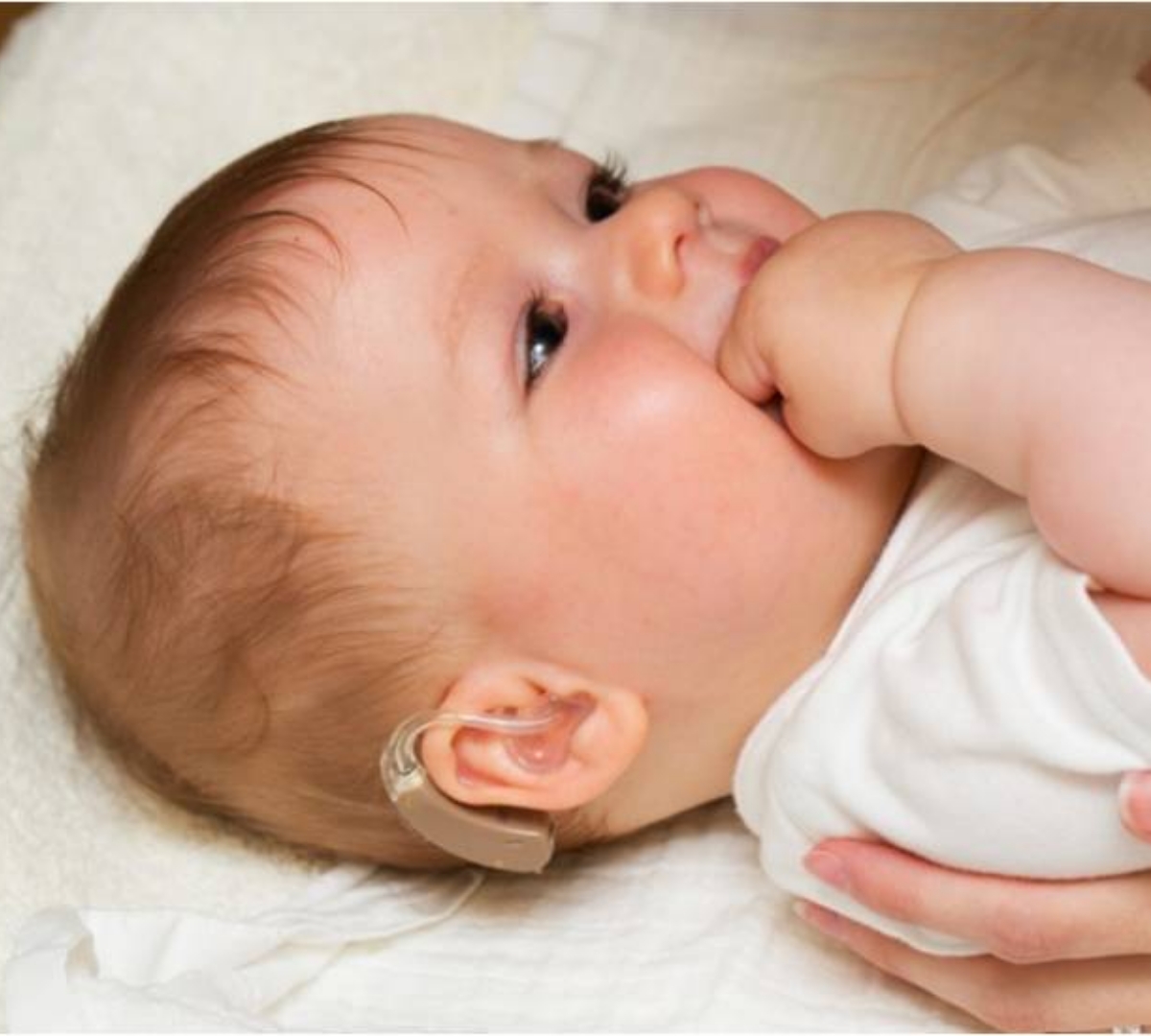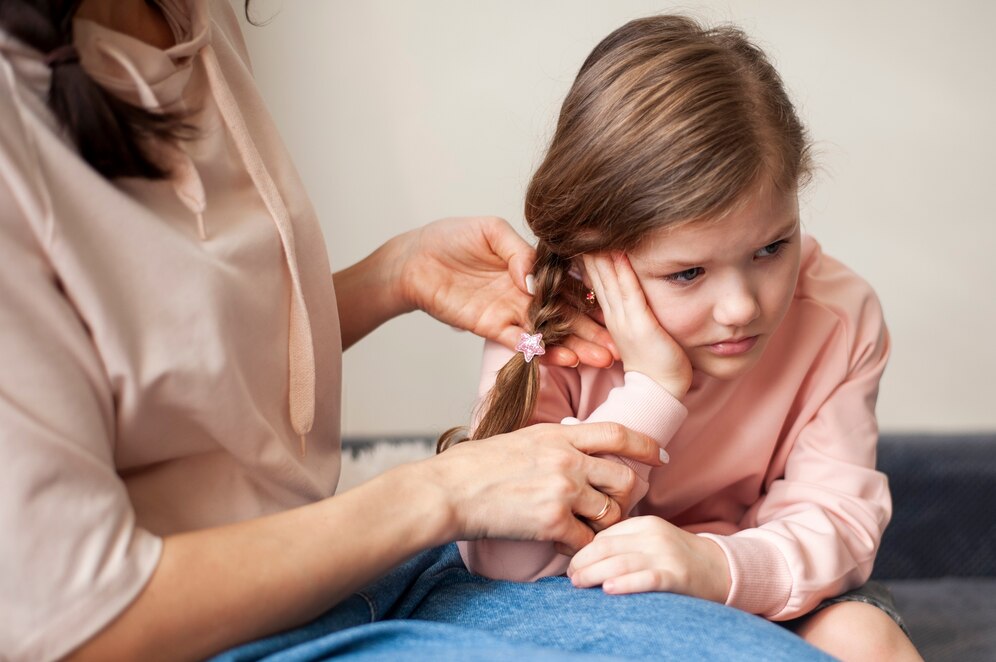Pediatric Hearing Aids
Children and hearing loss Pediatric-friendly goods and program offerings are intended to help you address your child’s hearing loss head-on. If your child has been diagnosed with hearing loss, or if you suspect a problem, contact a hearing healthcare professional right away. According to research, early intervention can improve language development, promote academic success, and expand lifelong opportunities.


Pediatric Hearing Loss
Pediatric hearing loss is a significant concern that can have profound impacts on a child’s development.It often goes undetected, making early identification and intervention crucial.
Types of Pediatric Hearing Loss
Congenital: Present at birth.
- Genetic factors,Infections during pregnancy
- Premature birth, low birth weight.
Acquired: Develops after birth.
- Ear infections,Meningitis,Head trauma
- Noise exposure
- Certain medications
Importance of Early Intervention
Early identification and intervention can significantly improve a child’s development and quality of life. This includes:
- Hearing aids: Amplify sounds
- Cochlear implants: Directly stimulate the auditory nerve
- Speech therapy: Develop speech and language skills.
- Auditory training: Improve listening skills.
- Educational support: Provide appropriate learning environment.
- Signs of Hearing Loss in Children
- Lack of response to sounds
- Delayed speech development


Types of Pediatric Hearing Aids
Behind-the-Ear (BTE):
A popular choice for children due to their durability, flexibility, and ability to accommodate various
Custom-made to fit the child’s ear, often used for milder hearing losses.
degrees of hearing loss. In-the-Ear (ITE):
Completely-in-the-Canal (CIC):
Small and discreet, but less common for children due to potential damage and difficulty with handling.
